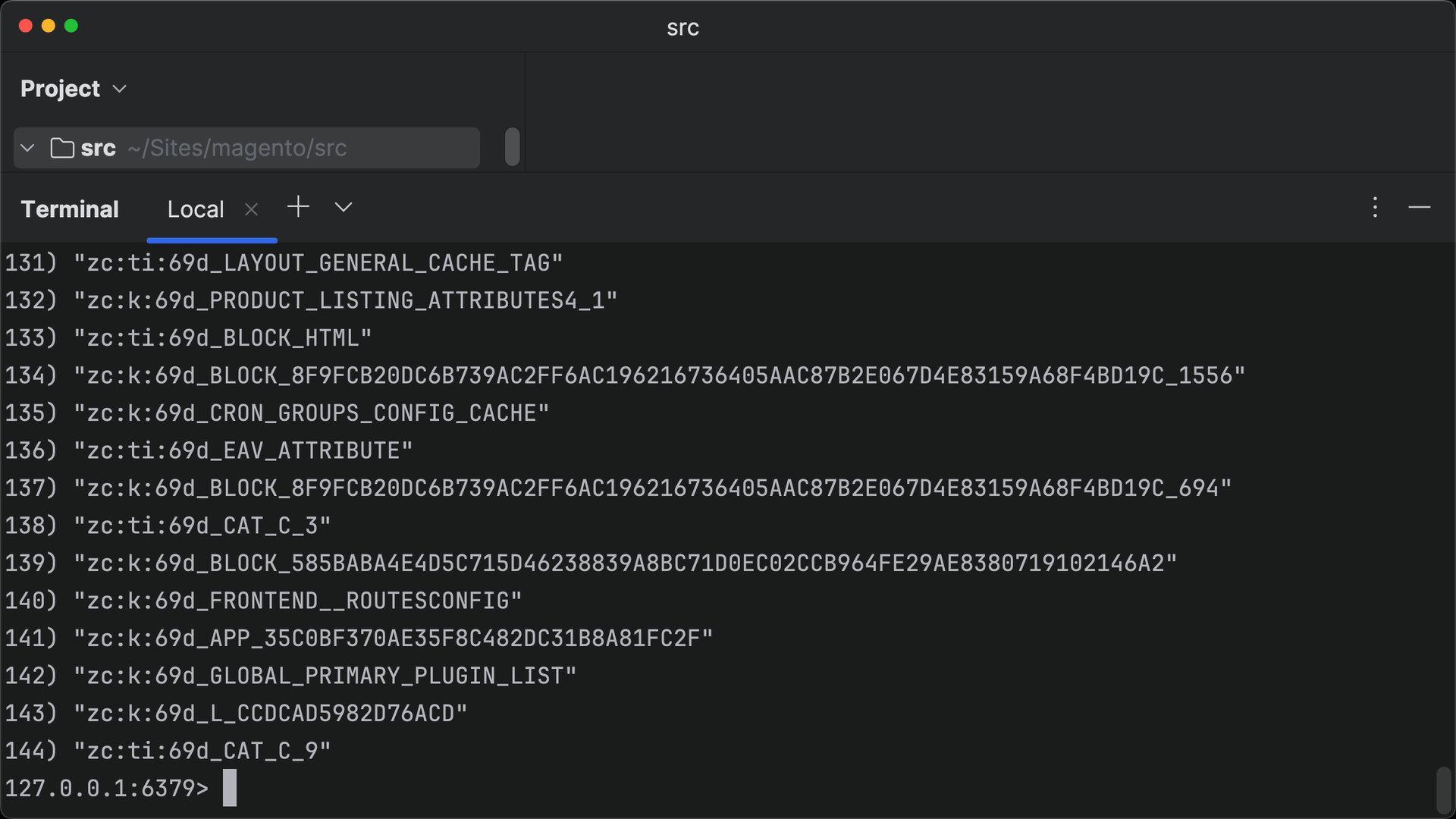List Magento cache keys in Redis CLI
View and understand Magento cache key patterns using Redis CLI commands.

Only available to enrolled or University students.
Join today to unlock hundreds of premium lessons.
View and understand Magento cache key patterns using Redis CLI commands.